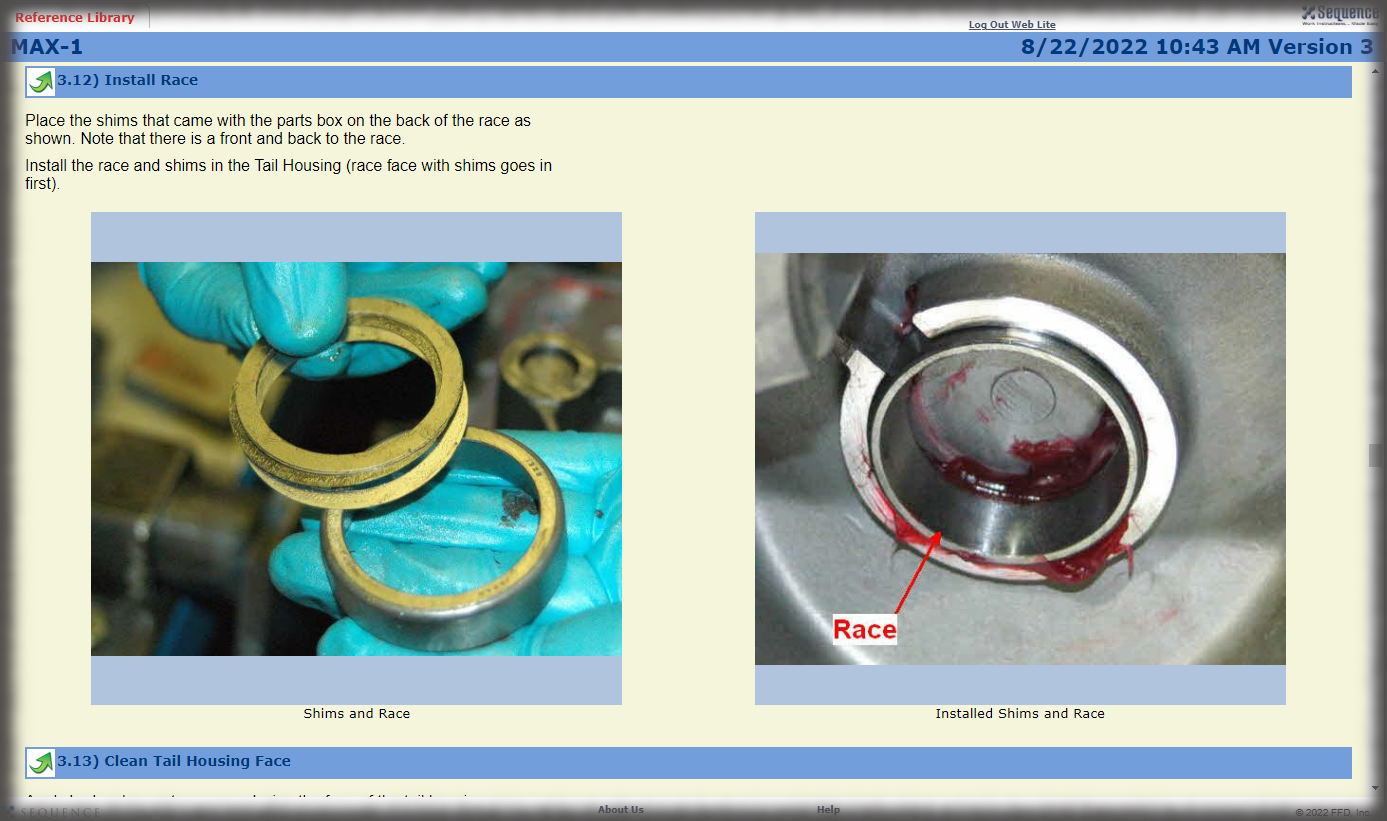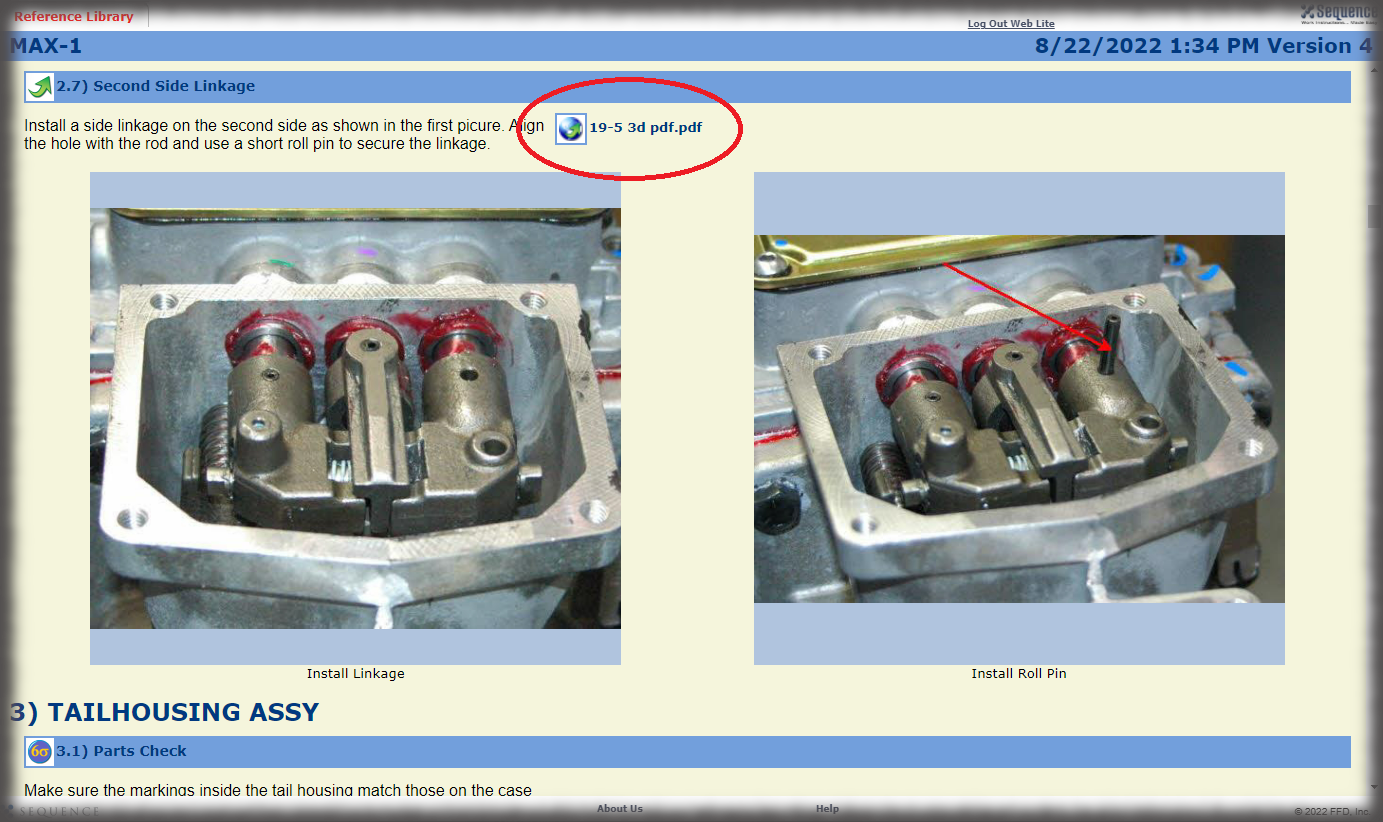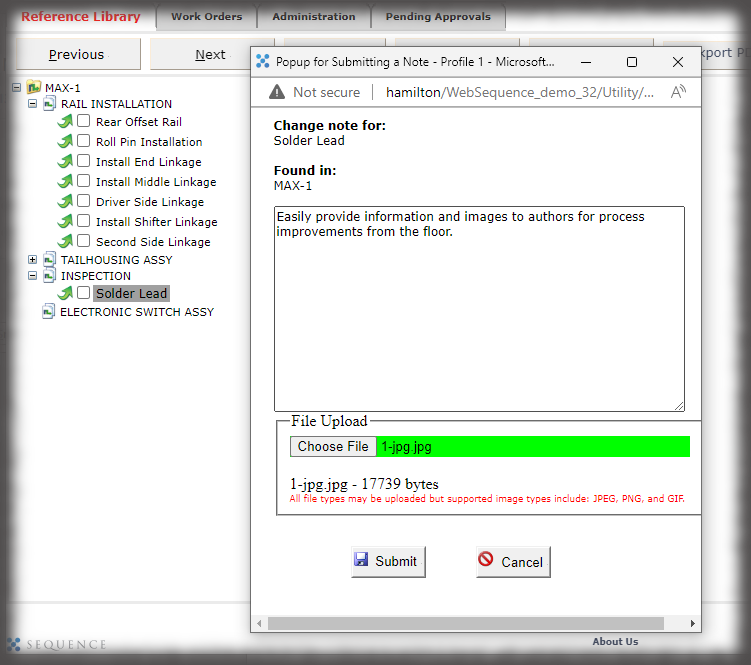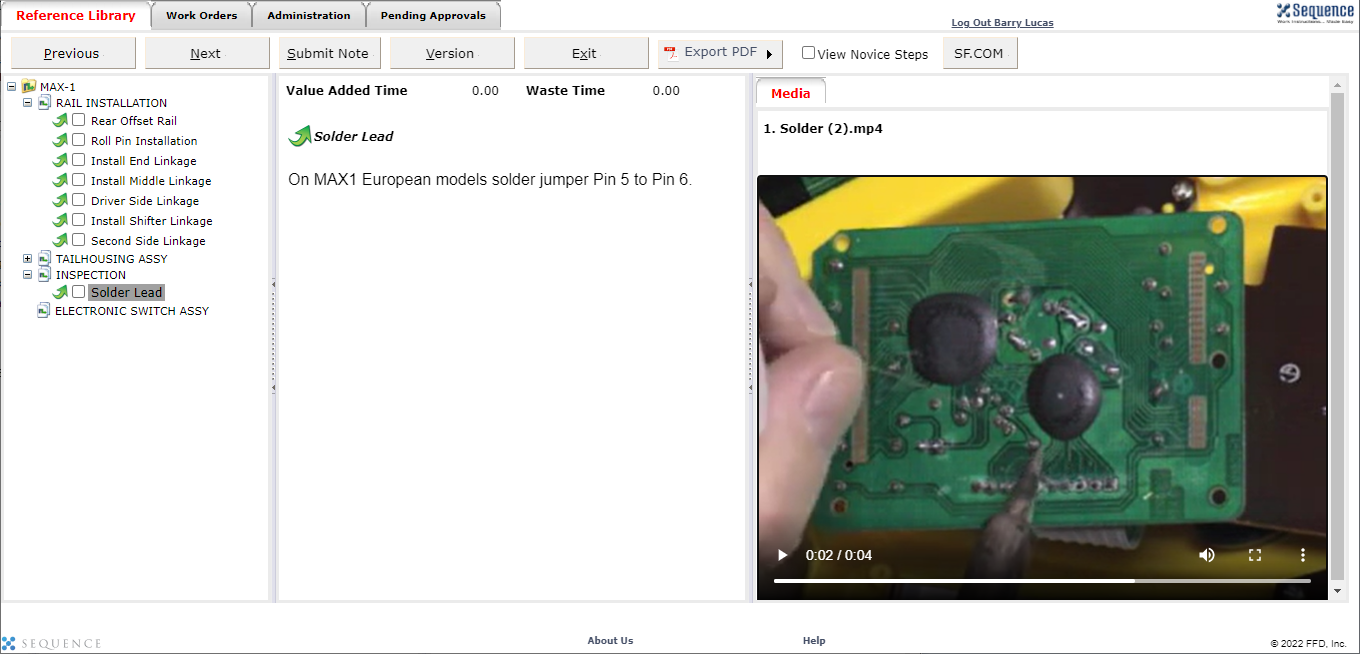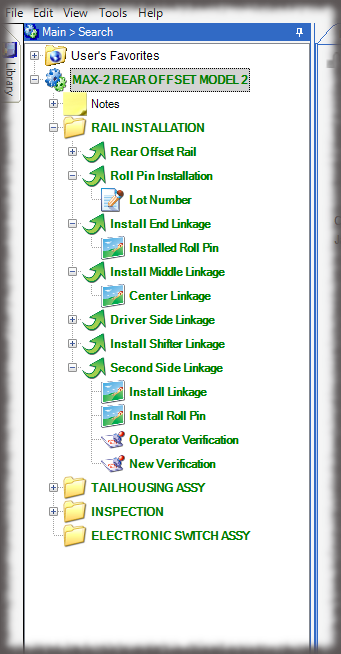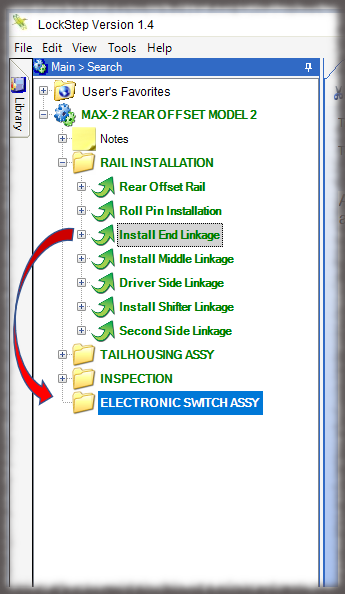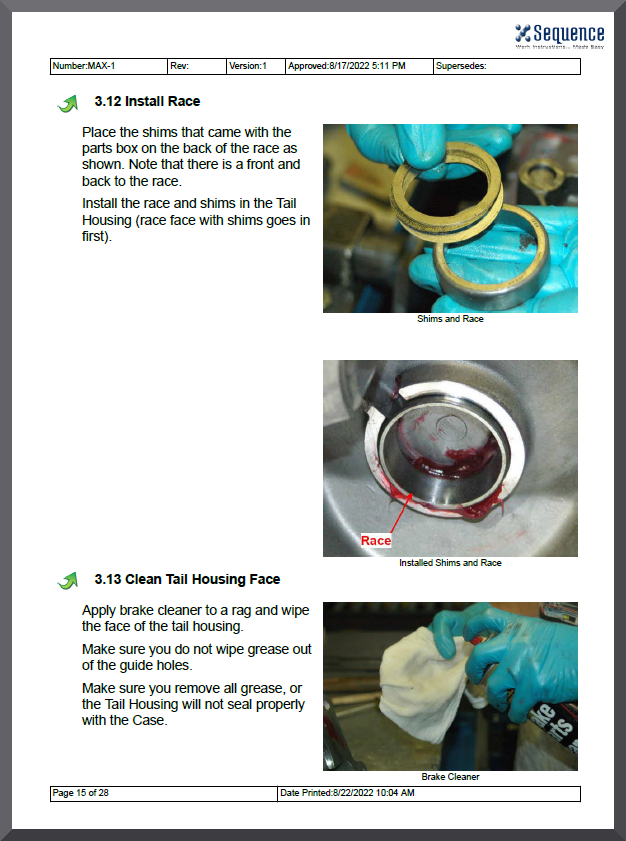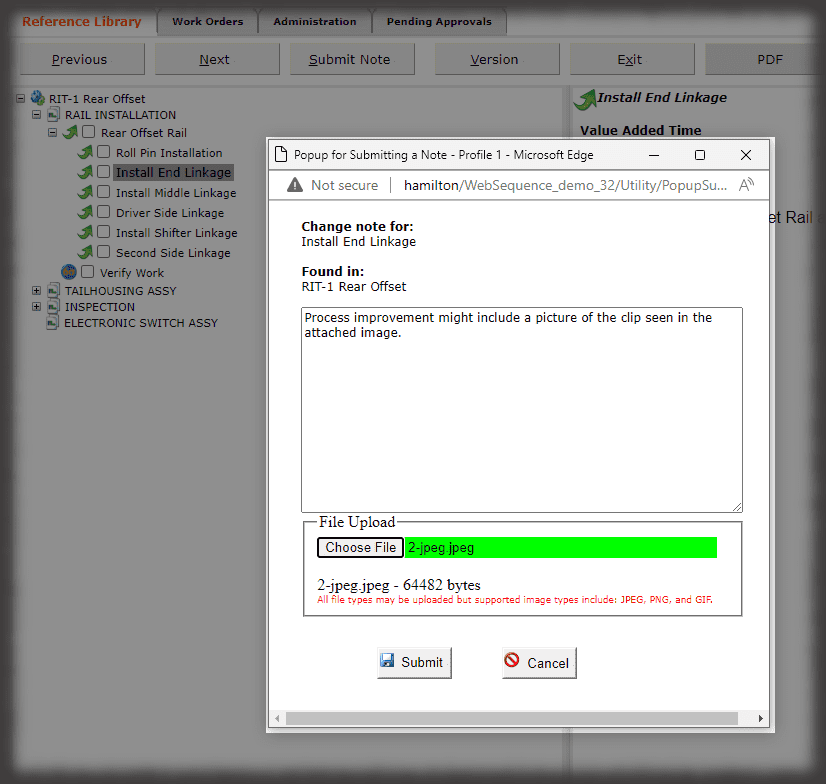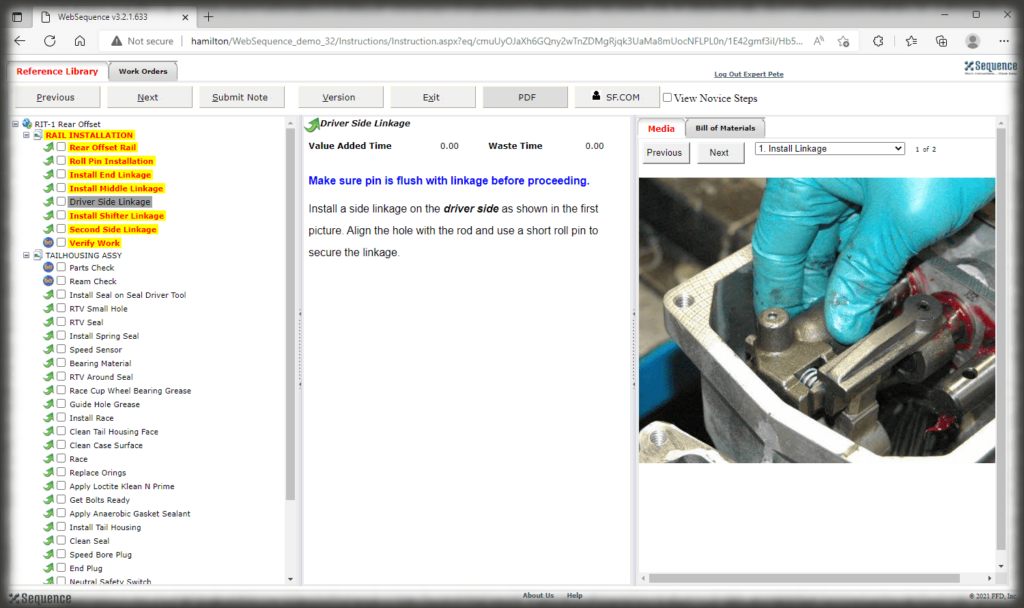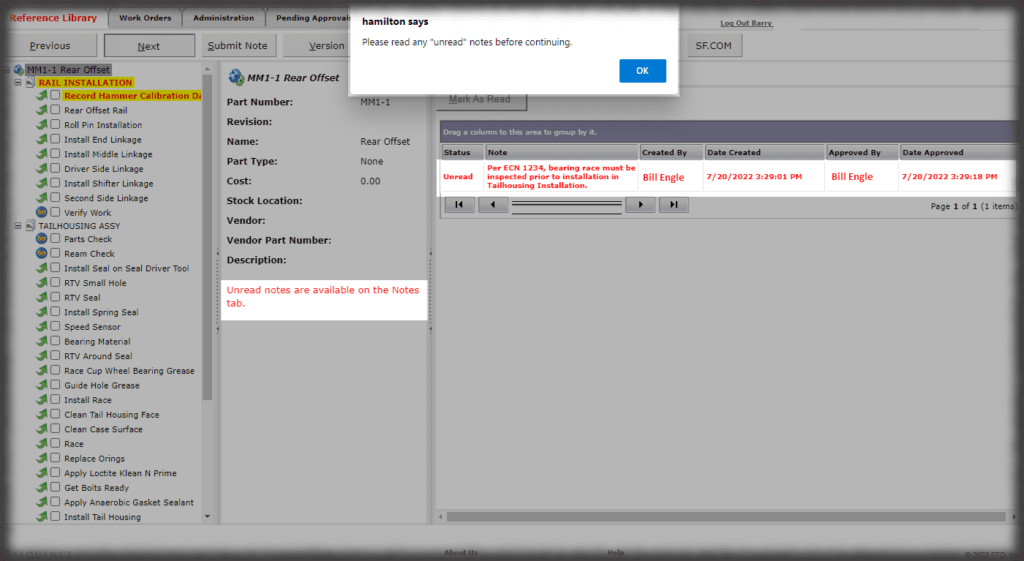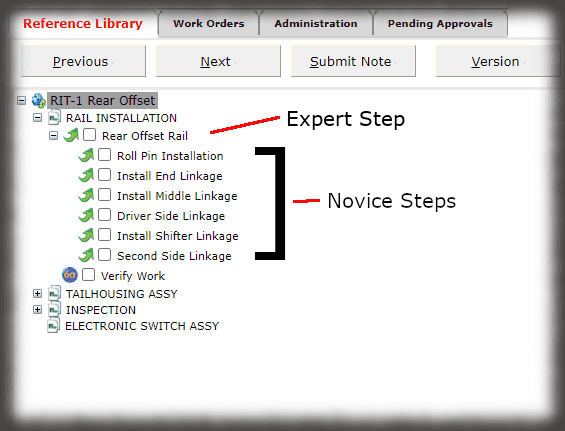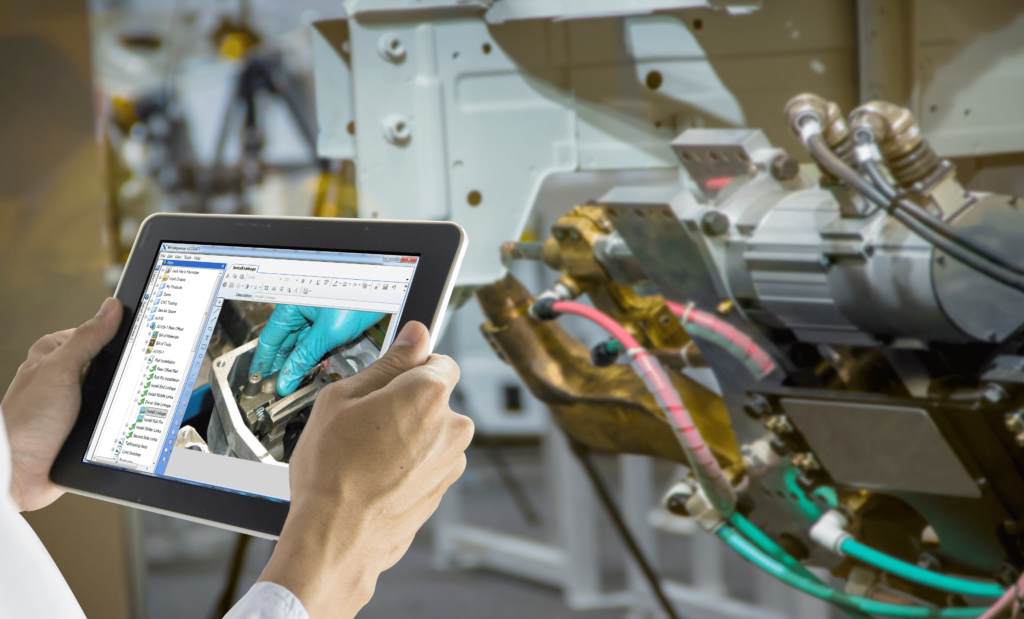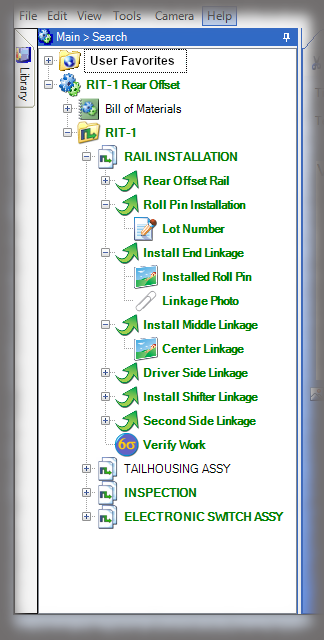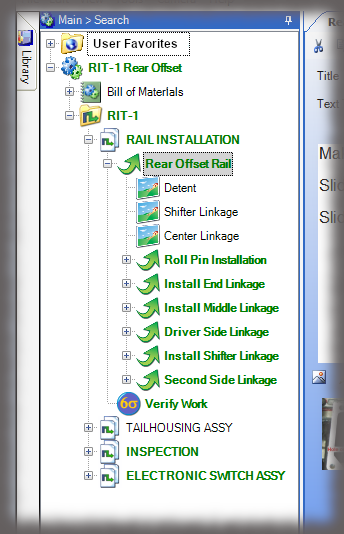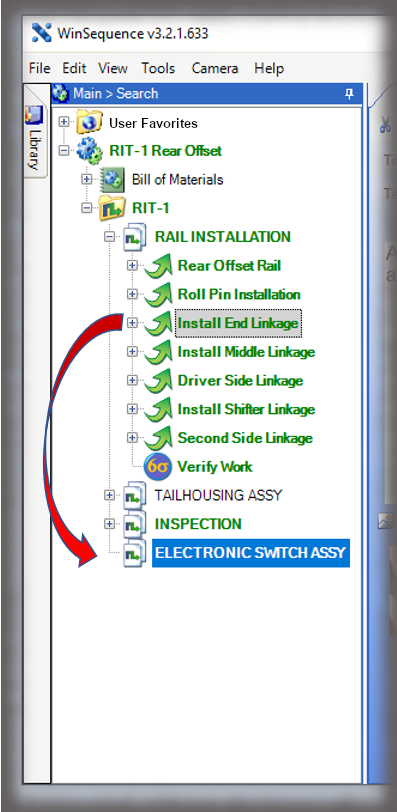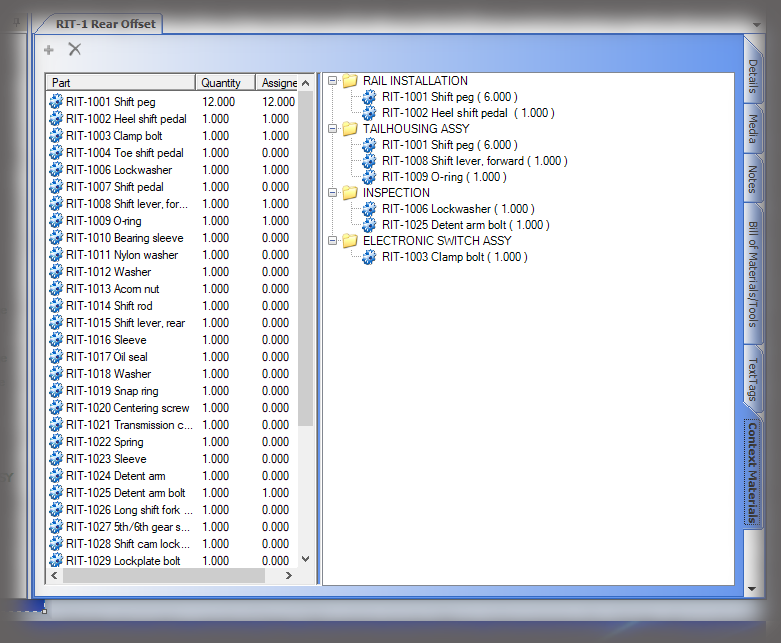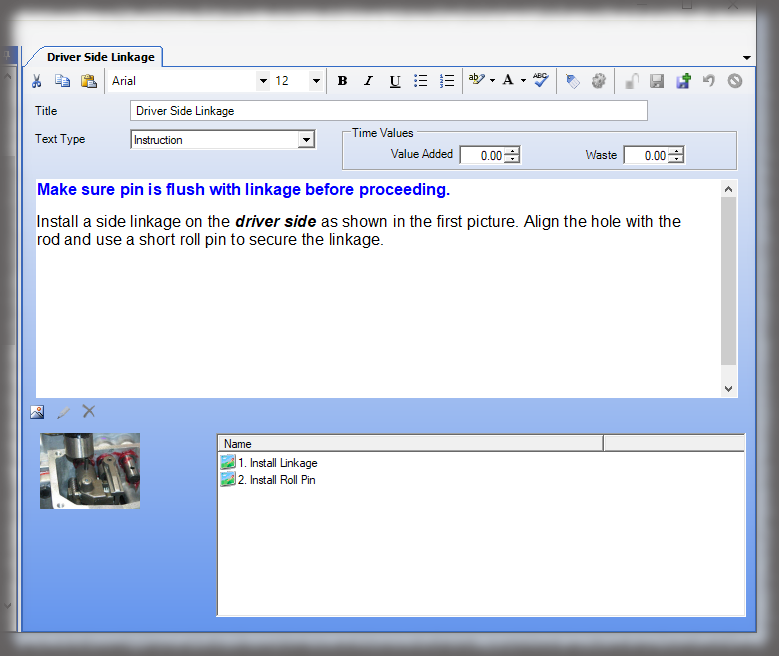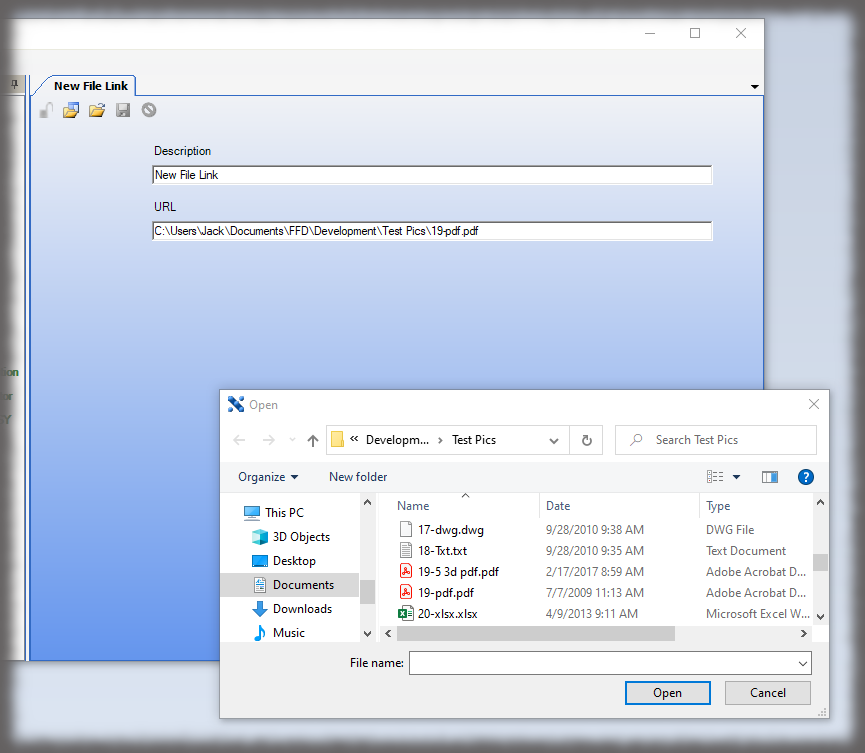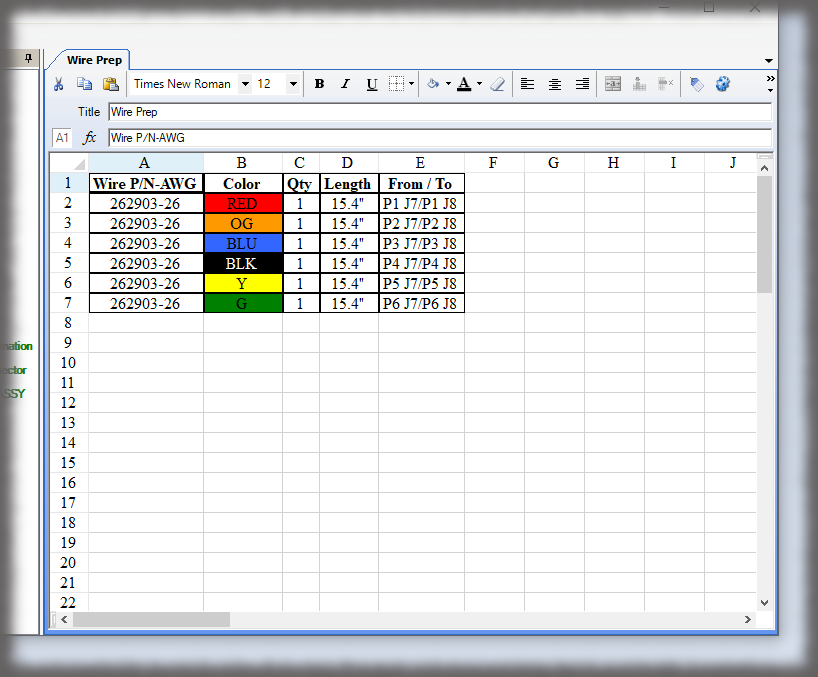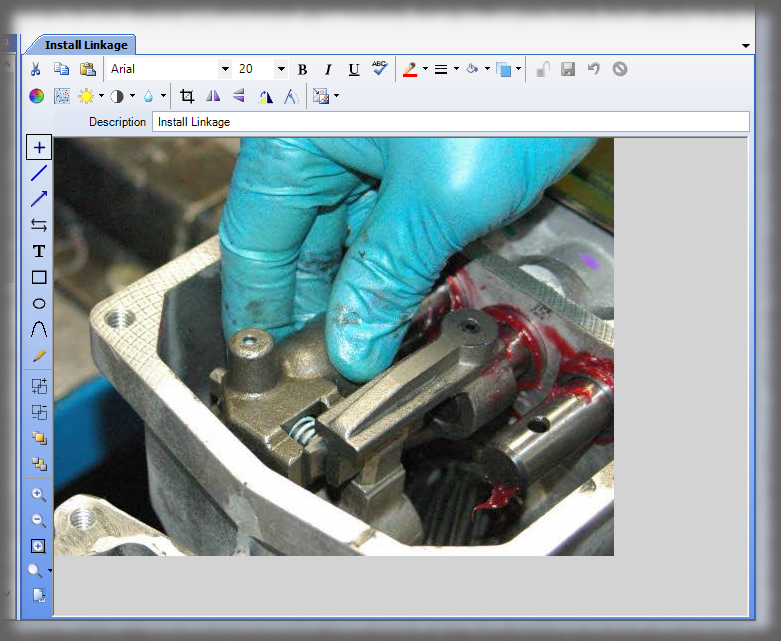Good Work Instructions and Their Impact on Continuous Improvement in Manufacturing
Continuous improvement is a philosophy in manufacturing, aimed at optimizing processes, increasing efficiency, reducing waste, and enhancing product quality. One of the most effective tools of continuous improvement is good work instructions, because they provide step-by-step guidance to successfully perform tasks and produce consistent product.
This article addresses several characteristics of continuous improvement and the role of work instructions in achieving continuous improvement.
Standardization is the Foundation
The heart of continuous improvement is standardization, and standardization is achieved by establishing consistent and uniform processes and practices throughout the organization. In turn, consistent, uniform processes are achieved by using good work instructions. Work instructions define the steps, the tools and materials, and the desired quality standards. When employees have access to well-documented work instructions, the instructions align an operator’s actions with the standards, ensuring that tasks are performed in a uniform and predictable manner.
Standardization is necessary because it provides a baseline for evaluating performance. Continuous improvement efforts rely on the ability to detect inconsistencies and deviations, which are addressed through targeted improvements.
Clarity and Consistency
Good work instructions are characterized by their clarity and consistency, leaving no room for ambiguity or interpretation. It is okay to interpret instructions on Christmas Eve while assembling a bicycle, but it isn’t okay for operators to question whether they are assembling correctly in manufacturing. Clarity ensures that employees understand precisely what is expected of them and how to perform their tasks correctly. When instructions are clear and consistent, there is a reduced likelihood of errors.
In a continuous improvement program, consistency also helps identify process bottlenecks where improvements can be made. Inconsistent processes make it challenging to isolate the root causes of issues, hindering the ability to implement effective improvements.
Training and Onboarding
Post Covid 19, if you are in manufacturing then you know the revolving door of operators and engineers. Manufacturing is experiencing high turnover rates, often competing with the service industry for workers, and new employees are joining the workforce almost daily. Good procedures are invaluable in the training and onboarding process. They provide a structured, repeatable way to train new employees, ensuring that they learn best practices from the onset.
It is worth the time here to differentiate between training and work instruction documents. More companies are moving towards two sets of documentation: one for training and one for standard work. The difference may seem subtle, but it is important. Training documents may be for tasks like, ‘How to do a solder joint.’ The training will go through how to set the soldering iron, clean the tip, and get a successful joint. The work instruction demonstrates on a specific PC board, say, where an operator is to solder a wire or component, using the more basic skill learned in training of how to solder.
New hires are better equipped to quickly get up to speed when they have access to effective training instructions. They accelerate integration into the workforce by ensuring a solid foundation of knowledge. Work instructions that are actually used to do assembly or fabrication contribute to a culture of continuous learning, as employees refer back to work instructions whenever they encounter challenges or need to refresh their understanding of a task.
The Goal: Error Reduction
The first goal of continuous improvement is to reduce errors and defects in manufacturing processes. Good work instructions contribute significantly by providing step-by-step guidance, and they eliminate guesswork by the operators. Simply, instructions help employees perform their tasks accurately and consistently, making the product right the first time.
Remember why the goal is to reduce errors: Reducing errors reduces the internal costs of scrap and rework, but reducing errors also minimizes the opportunity for “escapes” which affect customer satisfaction. Maintaining the profitability of a quality brand starts with keeping errors at a minimum.
Data Collection and Analysis
Continuous improvement relies heavily on data-driven decision-making. Good work instructions may incorporate data collection points and quality checks at critical stages of the manufacturing process. Employees are instructed to record relevant data, such as measurements, quantities, and inspection results. But keep in mind that data collection is a double-edged sword. Data is needed to evaluate progress, but inspecting quality into the product has its own cost.
This collected data serves multiple purposes:
- Process Analysis: Data collected through the course of assembly provides insight to the manufacturing process. It allows organizations to identify trends, patterns, and areas where improvements are needed.
- Identifying Defects: Work instructions with built-in quality checks can help detect defects early in the process. Early detection enables swift corrective action, preventing defective products from progressing further in production.
- Performance Metrics: The data collected can be used to track key performance indicators (KPIs) related to quality, efficiency, and productivity. These KPIs serve as benchmarks for evaluating the impact of continuous improvement efforts.
Feedback Loops
Fostering a culture of feedback and continuous learning yields improvements in productivity and quality. Good work instructions should encourage employees to provide feedback on any issues they encounter or to offer their own ideas for process improvement. Operators are the closest to the actual work processes, and their insights identify areas that benefit from a change.
Establishing feedback loops allows organizations to capture frontline insights, concerns, and suggestions. When employees feel empowered to report problems and contribute ideas for enhancement, it creates a culture where continuous improvement is everyone’s responsibility.
Kaizen Event
Anyone around manufacturing has probably experienced or is aware of kaizen events. The term, which translates closely to “change for the good”, describes a very quick, focused collaboration of people that examine an area for process improvement. Too often Kaizen is applied following a failure in the manufacturing process.
When issues or defects do occur in manufacturing processes, it is crucial to conduct root cause analysis to identify the underlying causes. Good work instructions play a role by providing a reference point for comparing actual performance to documented processes. Deviations from the documented process are flags for potential issues.
In the Kaizen event, manufacturing teams determine why a deviation occurred and what corrective actions are necessary to prevent future occurrences. Identifying and addressing root cause is a fundamental aspect of continuous improvement, as it helps to eliminate the sources of problems rather than just treating the symptoms.
Process Optimization
Continuous improvement initiatives often focus on process optimization. Optimization involves making systematic changes to processes to improve efficiency, reduce waste, and enhance overall performance. Those changes are always recorded and communicated in revisions to the work instructions.
As data is collected and feedback is gathered, work instructions are revised to incorporate optimizations and best practices. These optimizations may include changes to the sequence of tasks, the introduction of new tools or equipment, or the streamlining of workflows. Over time, these small changes tend to generate significant efficiency gains and cost savings.
Performance Metrics and Key Performance Indicators (KPIs)
Good work instructions should align with performance metrics and KPIs that are relevant to the manufacturing process. These metrics may include measures of quality, efficiency, productivity, and safety. The integration of work instructions with performance metrics makes the impact of process improvements clearer.
Regularly tracking and analyzing performance data allows organizations to evaluate the effectiveness of their continuous improvement efforts. Improvements that yield positive changes in performance metrics provide validation that the changes are beneficial. Conversely, performance metrics that do not improve are usually an indicator for further adjustments or a reevaluation of the improvement strategies.
Let Sequence Software be Your Partner for Continuous Improvement
Good work instructions are a linchpin of continuous improvement in the manufacturing industry. They serve as a foundation for standardization, clarity, and consistency, promoting error reduction, data collection, and feedback loops. Through Kaizen principles, work instructions encourage employees to identify and suggest small improvements in their processes. Additionally, work instructions support process optimization, root cause analysis, and alignment with performance metrics and KPIs.
Contact Sequence Software today to learn more about how each of the areas in this article are addressed in a robust work instruction software solution.


